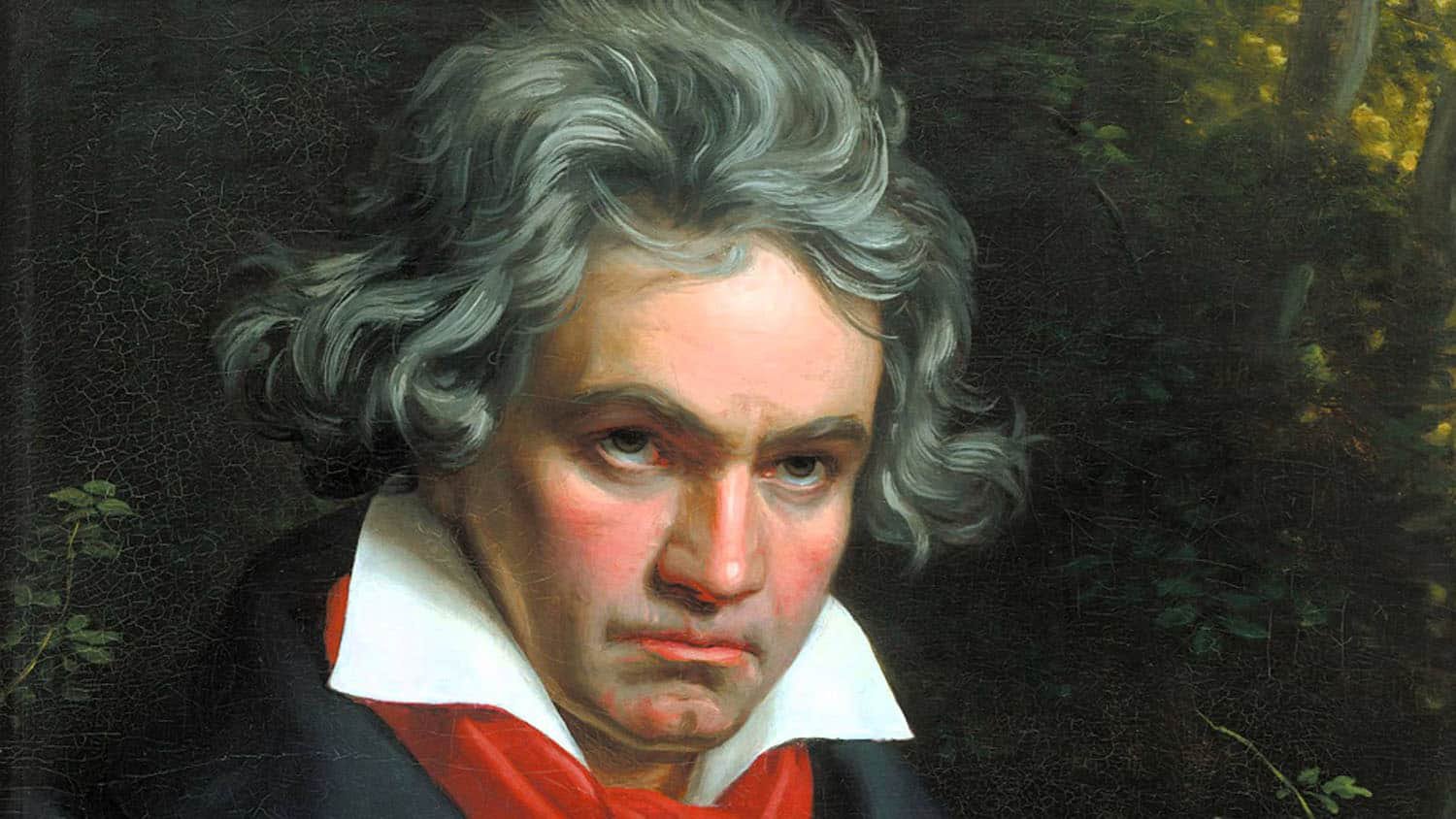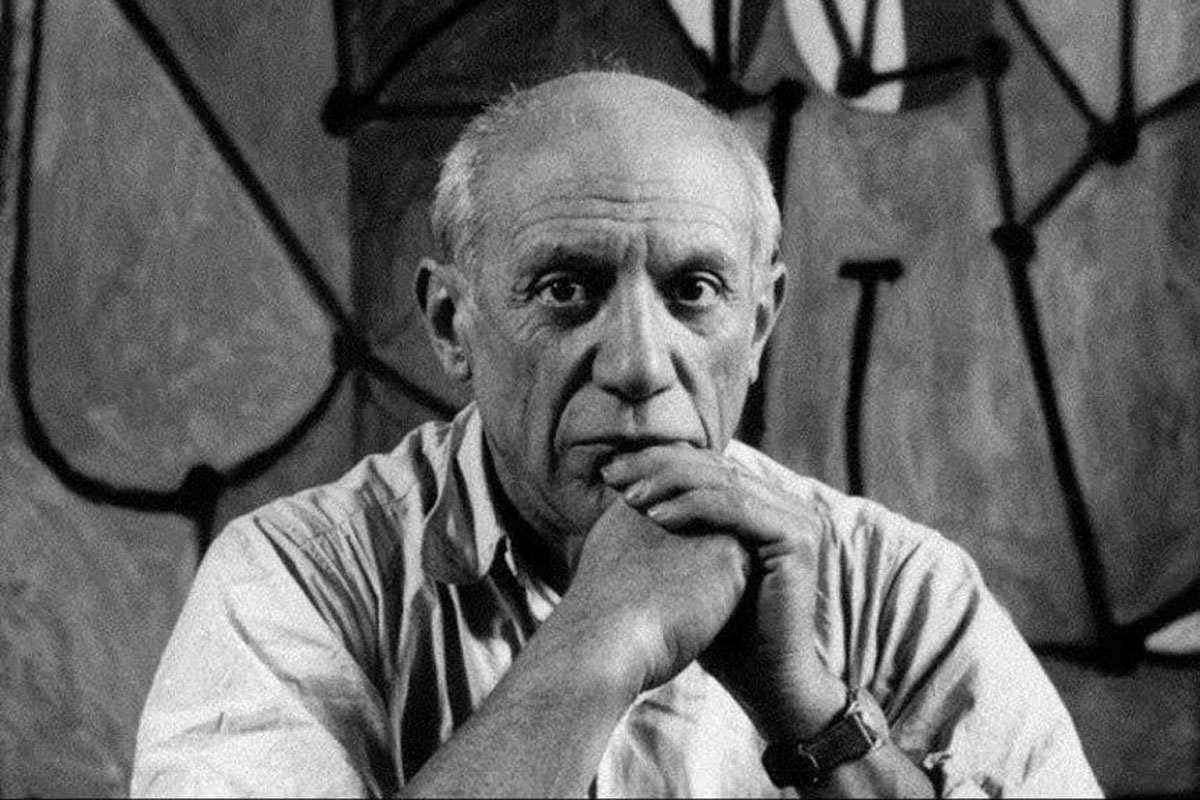Saint Patrick was a fifth-century Romano-British Christian missionary and bishop in Ireland. Known as the “Apostle of Ireland”, he is the primary patron saint of Ireland. Saint Patrick’s Day is observed on March 17, the supposed day of his death.
A Brief Biography
389 AD—Growing up. Born an Anglo Saxon in southwestern Britain under Roman rule. As a youngster he worked on his father's farm.
405 AD—Captured. At 16 years of age, he was captured by Irish raiders who brought him back to Ireland to be sold as a slave.
405-411 AD—Captivity. He was sold to a Trish farmer and forced into service as a swineherdsman, experiencing terrible loneliness and hardship. He witnessed, firsthand, the desperate and cruel Irish pagan way of life. One night he heard the screams of a captured prince being roasted alive over a fire. These harsh years in Ireland brought Patrick to faith in God. “And there the Lord opened up my awareness of my unbelief so that I might, however late, remember my faults and turn with all my heart to the Lord my God.” —St. Patrick’s Confession
Saint Patrick died in 465 and his remains are said to have been moved to Downpatrick in 700. This stone reputedly marks the site of his grave. After more than 1,300 years it is hard to be certain.
411 AD—Escape. During his regular evening prayers the Holy Spirit revealed a plan to escape. At age 22, Patrick escaped by ship to Gaul (modern day France) and from there traveled to Britain where he was eventually reunited with his family.
412-432 AD—Preparation. Most of this time was spent in Gaul where he studied the Scriptures with Germanus and Auxerre and prepared for mission work.
432-462 AD—The Call and Mission. ln a dream, Patrick heard the call back to Ireland to preach the gospel to his former tormentors. "We beg you, holy boy, to come and walk again among us, and I was stung with remorse in my heart and could not read on, and so I awoke." —St. Patrick’s Confession. Patrick resisted his family’s pleas to remain safely at home in Britain and he returned to Gaul to receive his official send-off from Germanus. From 432 to 462 AD he served the Trish people as Christ's missionary.
465 AD—Homecoming. Patrick died on March 17—the sainted leader of Irish Christian converts—and went to his heavenly home with the Lord Jesus Christ, Whom he served so fervently. Over 400 years later in 874 AD, the Pope designated March 17 as St. Patrick's Day.
Lessons in Leadership
Patrick was not the typical theologian of his age. Patrick was self-conscious about his lack of academic abilities and the interruption in his studies from the age of 16 to 22 while he was enslaved. His writings therefore occurred late in life. Patrick's writings in his Confession notably reflect none of the prevailing theological argument—the raging between Rome (Augustinian) and Britain (Pelagian).
His writings reveal a transparent lover of God. Throughout Patrick's moving and intensely personal account of his life and troubles, one is struck by his transparency. He reveals himself with living warmth—his courage and his fears, his resolution and his hesitations, and his persistent devotion to those he knew, understood and loved. He was determined to do all he could for their well-being on earth and hereafter, in disregard of all obstacles and all other considerations.
His deep gratitude to God opened him to a clear sense of calling. “But this I know for certain, that in fact before I was humbled I was like a stone lying in deep mud; and He that is mighty came and in His mercy lifted me up and indeed raised me up and placed me on the top of the wall; and so I ought to shout out loud to render some thanks to the Lord for His great benefits here and forever, benefits which the human mind cannot assess.” —St. Patrick’s Confession
The fervency and frequency of his prayers were crucial to accomplishing his mission. “I would even stay in the forests and on the mountain and would wake to pray before dawn in all weathers, snow, frost, rain; and I fell no harm and there was no Listlessness in me—as I now realize, it was because the Spirit was fervent within me." —St. Patrick’s Confession
He relied upon God’s comfort in prevailing over the inevitable resistance that every missionary faces from the established power structures. The most hurtful attacks came from a number of his elders who pointed out his boyhood sins to him. “He helped me greatly when I was trampled under foot in this way. I pray God that it may not be reckoned to them as a sin that I well and truly fell into disgrace and a scandal." —St. Patrick’s Confession
Slemish, County Antrim, traditionally associated with Saint Patrick's time as a shepherd slave.
He was humble. “See now I commend my soul to my God in Whom we trust absolutely, for Whom I am an ambassador despite my obscurity, because He is no respecter of persons and He chose me for this task, to be just one among the least of His servants." —St. Patrick’s Confession
He was bold. On his return to Ireland, Patrick tried to visit his former slave master, Millucc, who committed suicide in fear of his approach. Millucc knew nothing of the divine forgiveness that Patrick knew. Patrick risked personal violence by directly challenging the major Druid religious festival at the royal center of Tara, which coincided with Christian Easter.
He was effective. Through Patrick's work, Ireland experienced the grace of God in every corner of the land. Thousands of Irish pagans accepted Christ as their Lord and Savior. Leaders were trained and churches were established. The Irish church sent out missionaries to other parts of Europe becoming a European educational center. Before his death, the whole country had come under a biblically-based legal code.
He knew how to manage power. Patrick knew the importance to Ireland of bringing King Loegaire to faith. He pursued him relentlessly with prayer and miracles. King Loegaire finally believed and all of Ireland quickly opened up to Patrick's mission for the gospel.
Patrick knew the wisdom of not attacking the social and political systems established by the pagan Druid priests. Through constant evangelism many of the powerful Druid chieftains were converted to Christianity. Eventually, they lost political power as the truth of the gospel worked amongst the people.
As the official missionary to Ireland, sent out by Germanus, Patrick prevented some priests and bishops from Britain from entering Ireland. He knew they would not be effective because of the Irish association of British Christianity with distasteful Anglo Saxon domination. He also recognized the Irish people's disdain for the intellectual clerics of Britain. In contrast, the Irish responded to the rustic simplicity and spiritual sincerity of Patrick.
He was committed to leadership development. During his mission in Ireland, Patrick developed 450 leaders for the work there. This leadership established 300 churches on the “Emerald Isle”.
Dr. Raymond Edman, in his book, Light in Dark Ages, describes St. Patrick as “a man of the Book, a man of bended knee, a man of burden for those in darkness.” Martin P. Harney, in his book, The Legacy of St. Patrick, says “The legacy of St. Patrick, which he would bequeath to his brethren and their descendants, was his own holy idealism. St. Patrick’s idealism bears an appeal for men of good will everywhere." He also quotes Eoin MacNeill, “No one has ever left so strong and permanent impression of his personality on a people, with the single and eminent exception of Moses.”
We can honor God as we turn our minds and hearts to consider the life of St. Patrick—“one of whom the world was not worthy”—and serve the Lord in our time, among the needy people of our own world.
By Chris White Sr. and Ted Shelling



































Orville and Wilbur Wright were two American aviation inventors who are credited with the world first successful airplane. They made their first controlled flight in December 1903 in Kitty Hawk, North Carolina.